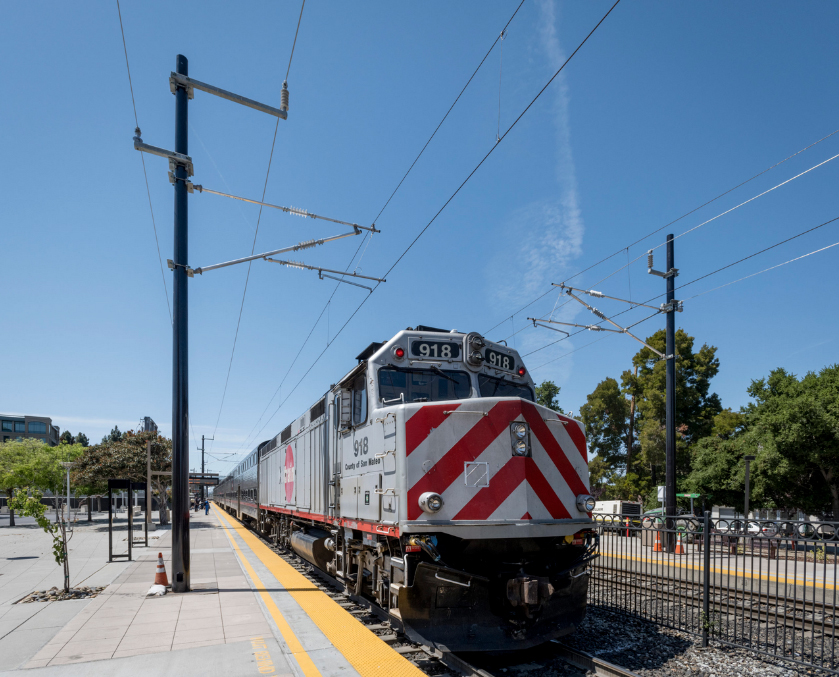
SAN CARLOS, Calif. — Bay Area commuter operator Caltrain will delay fare increases planned for July 1 as part of its effort to encourage more riders to return to the system.
A 50-cent increase in the base fare and an increase in the cost of monthly fares, from the cost of 24 trips to 30, had been scheduled for July. But Caltrain announced Wednesday that Executive Director Michelle Bouchard had implemented a promotional fare discount, keeping fares at their current level until Dec. 31.
A Caltrain press release notes that similar moves have been taken by agencies ranging from the San Francisco Municipal Transportation Authority to New York’s Metropolitan Transportation Authority.






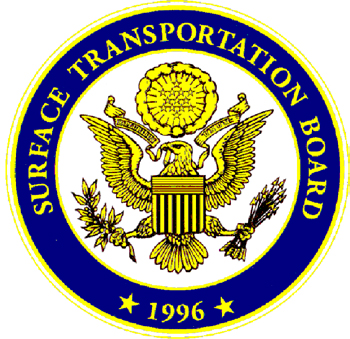
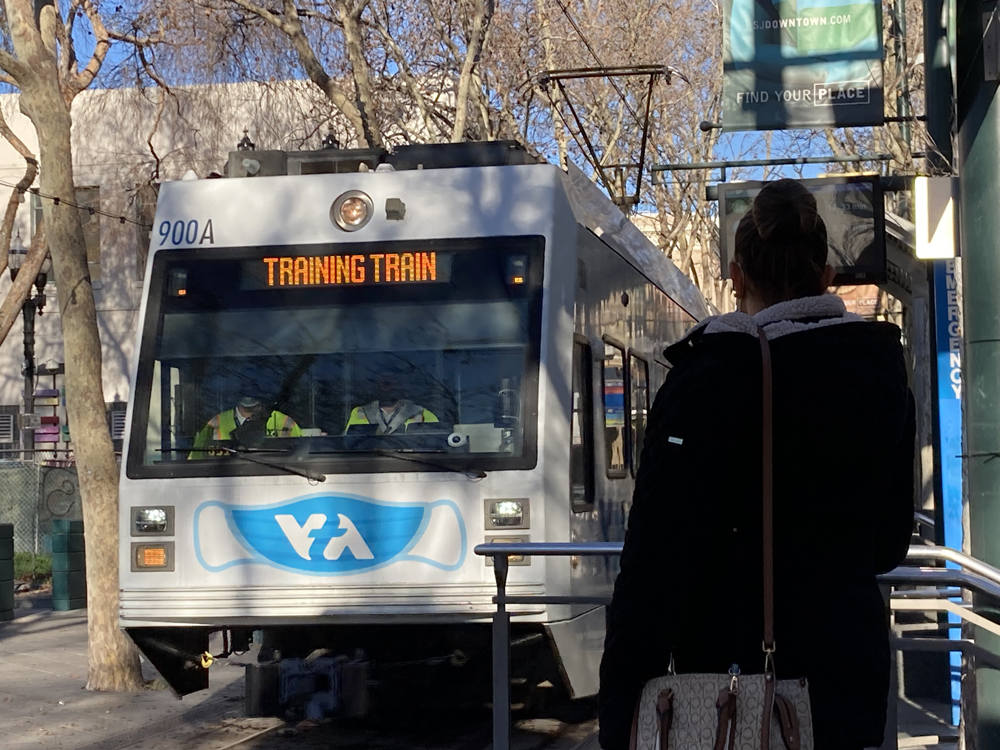
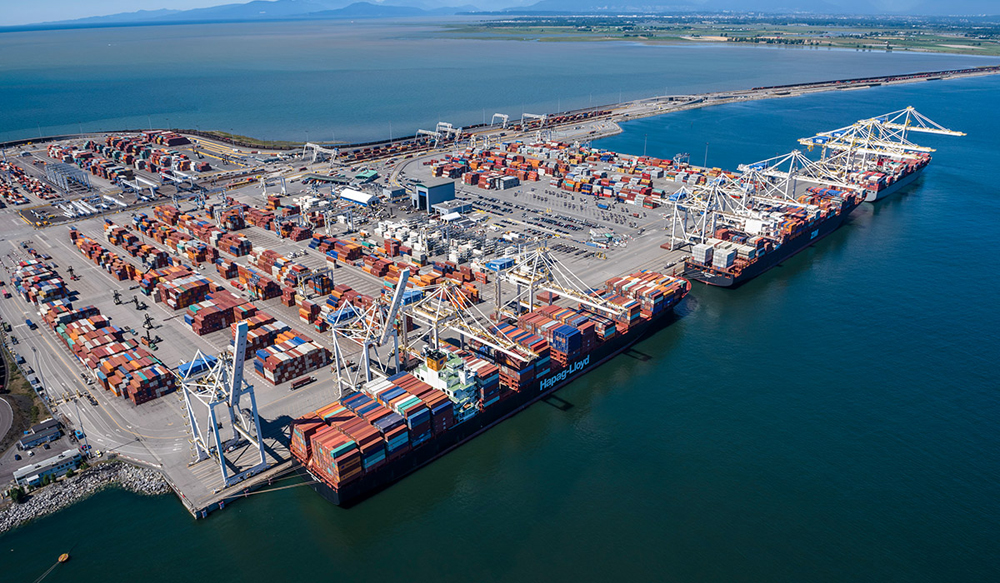
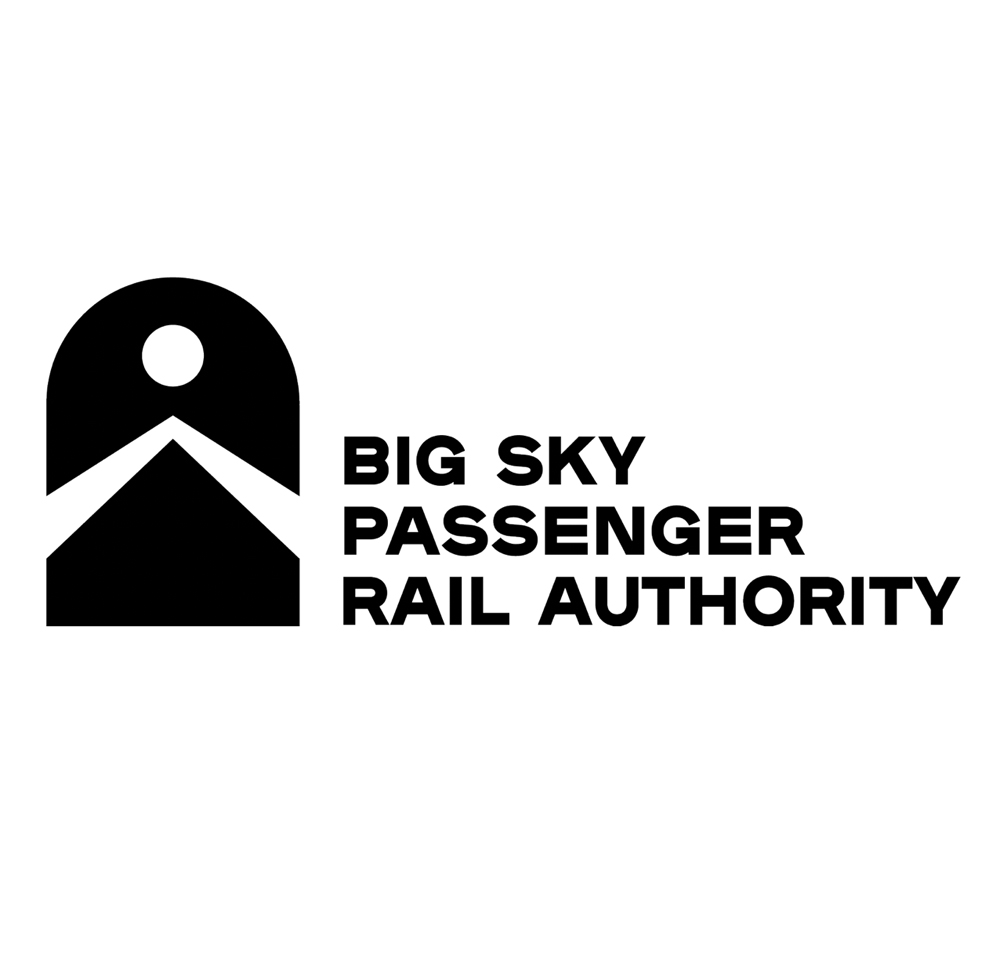




Owned and operated by the Peninsula Corridor Joint Powers Board, Caltrain provides commuter rail service from San Francisco to San Jose, with commute service to Gilroy. While the Joint Powers Board assumed operating responsibilities for the service in 1992, the railroad celebrated 150 years of continuous passenger service in 2014. Planning for the next 150 years of Peninsula rail service, Caltrain is on pace to electrify the corridor, reduce diesel emissions by 97 percent by 2040 and add more service to more stations.
Dr. Güntürk Üstün
Caltrain will continue to assess the situation to inform future decisions about any fare or service changes. Caltrain continues to run its highest ever service levels of 104 trains per weekday, including enhanced off-peak service.
Dr. Güntürk Üstün
Transit ridership in this country peaked BEFORE the pandemic. The pandemic caused a sharp decrease in already dodgy transit ridership especially in New York and California.
New York and SanFran are dying cities. It will turn out that Caltain’s elecifcation is a mistake because the ridership isn’t there.
Oh, and how’s CalHSR coming? Lots of land acquisition, huge amounts of concrete (hauled by fossil fuel trucks on the highways; put in place by cnstruction workers driving fossil fuel Ford 150’s), lots of bridges and viaducts, billions of dollars, not one inch of rails …. and as far as I know, not even the most preliminary phases of construction around San Jose or around Burbank.
Brought to you by the next President of the United States, Gavin Newsom. Given the fool he’ll be running against, he’s going to win.
Mr. Landey: And to your points above, transit ridership in many American cities was actually DECLINING well before the pandemic began in early 2020 (years 2014-ish thru 2019). Up here in the Seattle metro-area, transit ridership was bucking the national trend and was in fact increasing, but it has not (yet) come back to pre-2020 pandemic levels and may not for a number of years, if it ever does …..
Major events/crises only tend to magnify (then) current trends and declining transit ridership in major American cities will be no exception.
As for San Francisco, it is interesting to hear that two major hotels there in Union Square (?) are “walking away from their mortgages” and returning the properties to their lenders. Given current trends and overall urban decay and dysfunction there, one would not expect that it will draw major employers back to downtown San Francisco (and thus bring back ridership to Caltrain, BART, or Muni there …..